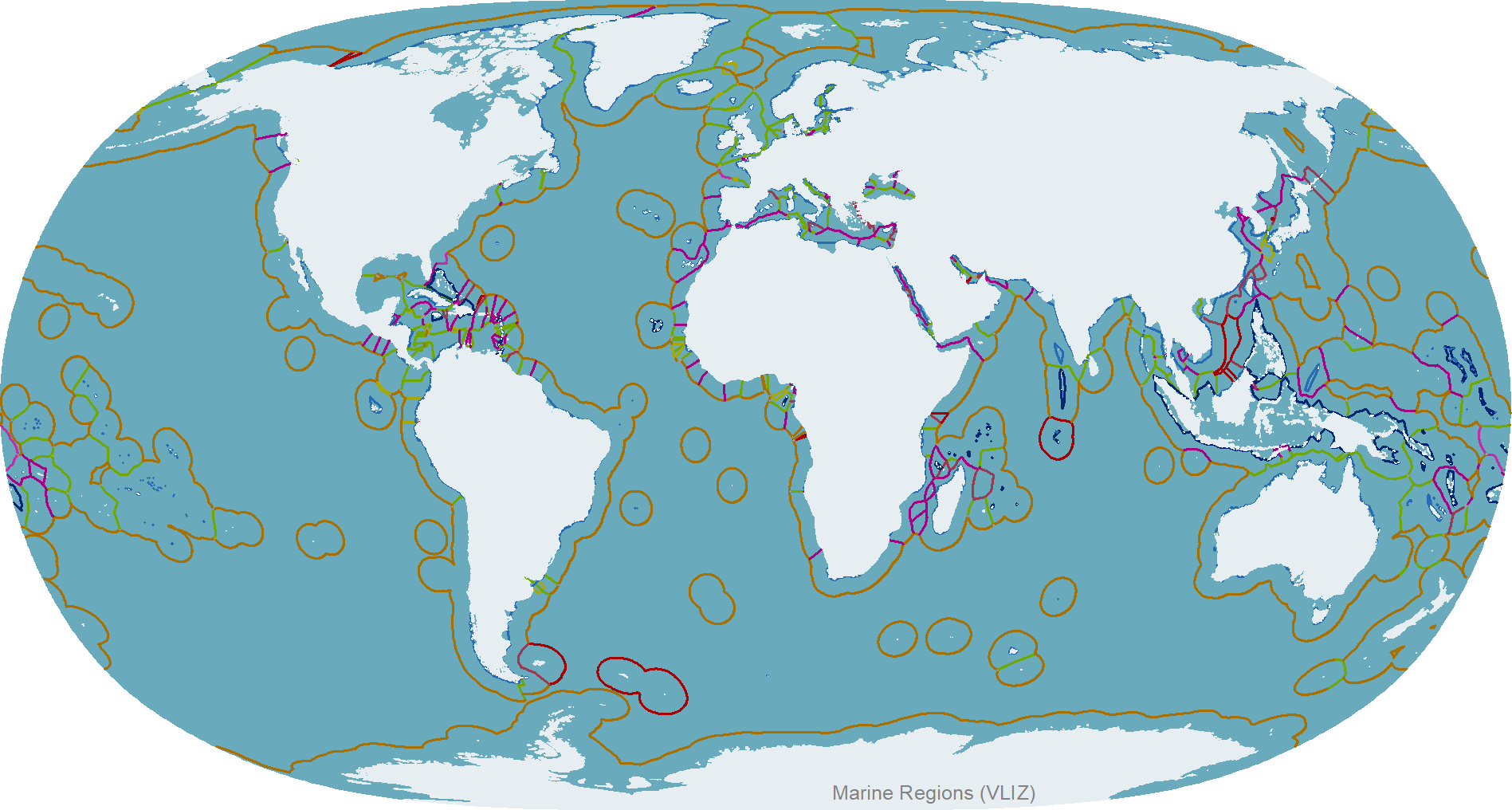MARITIME SPACES IN international law of the sea are, in essence, defined in relation to the coastal State jurisdiction over each maritime space. Thus, coastal State jurisdiction is the primary criterion in characterising maritime spaces. The ambit of coastal State jurisdiction is in principle defined spatially, based on distance from the coast. According to the 1982 UN Convention on the Law of the Sea, the territorial sea in which a coastal State exercises territorial sovereignty shall not exceed 12 nautical miles measured from the relevant baseline (Article 3). The contiguous zone over which a limited jurisdiction is exercised by the coastal State may not extend beyond 24 nautical miles from that line (Article 33). The Exclusive Economic Zone (EEZ), where the coastal State may exercise sovereign rights regarding the exploration and exploitation of natural resources, shall not extend beyond 200 nautical miles (Article 57). The same is in principle true for continental shelves of less than 200 nautical miles (Article 76(1)). It would seem safe to say that these rules have now become customary law. Hence, the definition of the spatial extent of coastal State jurisdiction is at the heart of the international law of the sea.
In deciding on the spatial extent of coastal State jurisdiction, a problem that may arise is the situation in which the jurisdiction of two or more coastal States overlaps. In particular, owing to the emergence of the continental shelf and EEZ or Fishery Zone (FZ), which generate a vast amount of economic resources for coastal States, States attempt to acquire the largest maritime spaces possible. Accordingly, the extension of coastal State jurisdiction over these resource-oriented zones may give rise to international disputes regarding maritime delimitation. In reality, many maritime delimitation problems remain unresolved.
According to a study by the United States Department of State, the total number of potential maritime boundaries is 420. At the opening of the 21st century, maritime boundaries are settled by approximately 200 agreements, merely 48 per cent of the total number of potential maritime delimitations. It is predictable from the above data that disputes over maritime delimitation will continue. Furthermore, the use of the oceans by coastal States for living and non-living resources will expand, leading to heightened efforts to delimit maritime spaces. Hence, without rules on maritime delimitation in spaces where coastal State jurisdictions overlap, the legal uses of maritime spaces cannot be enjoyed effectively. In this respect, the law of maritime delimitation plays an essential role in the international law of the sea. It is against this background that one should consider the law of maritime delimitation.

